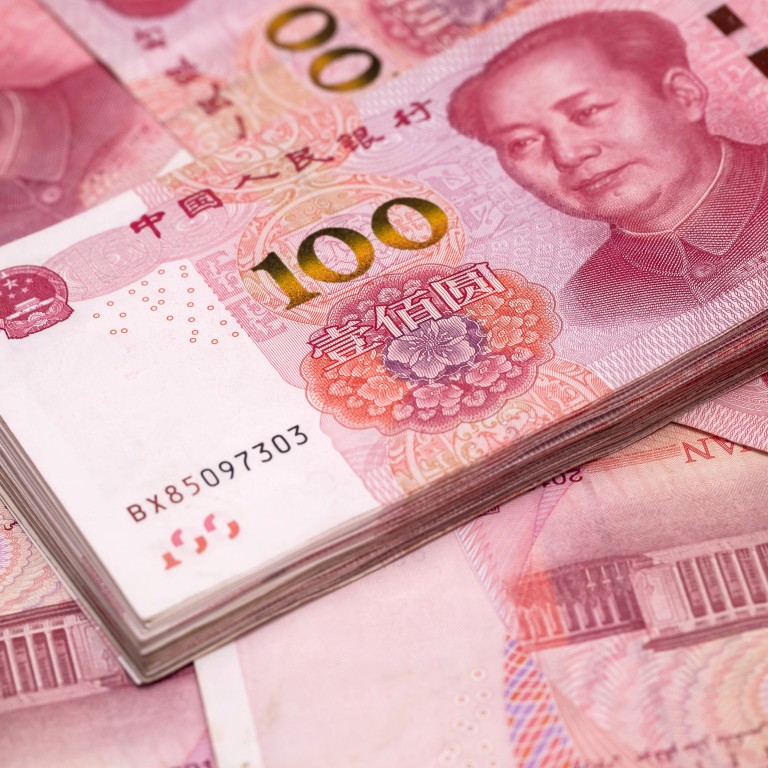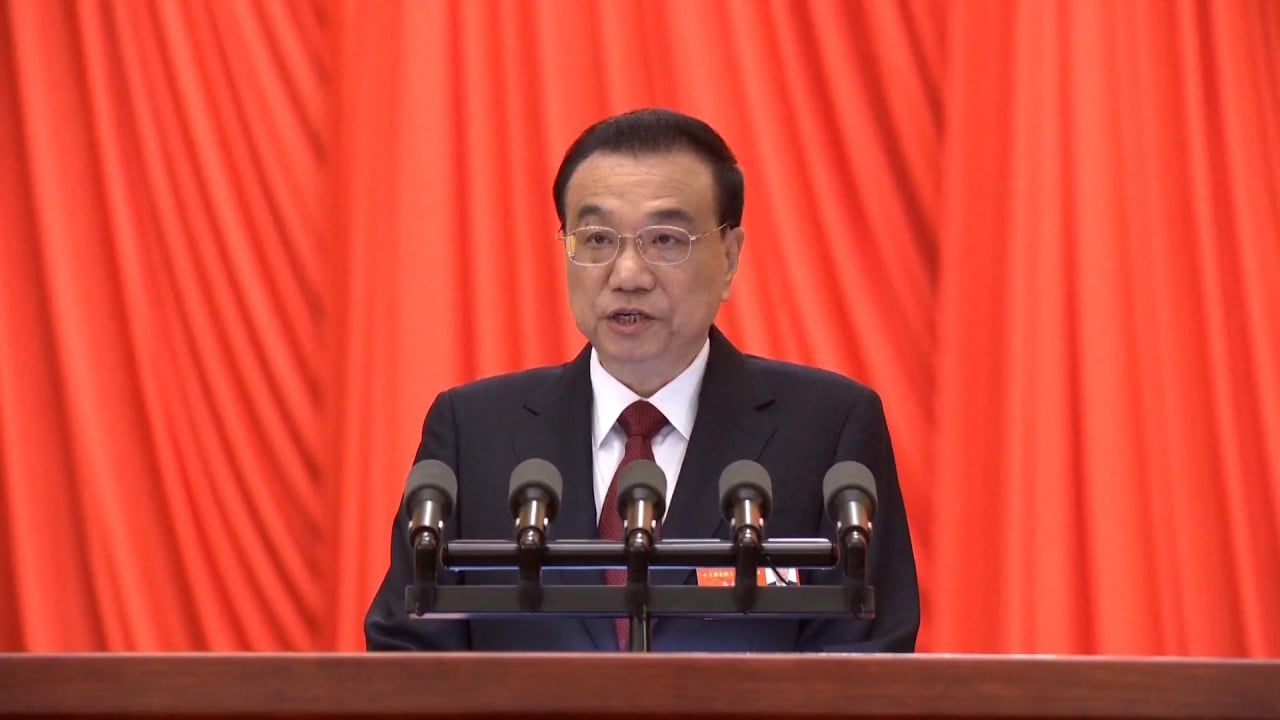
China’s Big Six bank earnings to reflect recovery from Covid, stronger loan book
- Leading state-controlled banks are likely to report earnings growth of between 8 and 15 per cent for 2021, according to analysts’ estimates
- Banks’ improved earnings for 2021 to reflect recovery from the worst of the pandemic seen in 2020
China’s biggest state-controlled lenders are likely to report stronger earnings for last year on the back of a surging economy that accelerated loan growth and lower bad-loan provisions.
Bank of Communications releases its full-year earnings later today. Peers Bank of China and China Construction Bank report on Tuesday, followed by Industrial and Commercial Bank of China, Agricultural Bank of China and Postal Savings Bank of China on Wednesday.
The big six Chinese banks are likely to post a profit growth of between 10 per cent and 15 per cent, according to Chen Shujin, an analyst at Jefferies. Morningstar predicts 8 per cent to 10 per cent gain.
“Retail sales and domestic tourism had shown a strong rebound at various times last year despite pockets of Covid-19 outbreak,” said Chen. “The improvement in earnings reflect a recovery from the worst of the pandemic seen in 2020.”
These forecasts are in line with the net profit for the industry, which rose 12.6 per cent to 2.2 trillion yuan (US$345 billion) last year, according to figures released by China Banking and Insurance Regulatory Commission (CBIRC) in February. That figure includes profit at smaller listed banks, such as Ping An Bank and China Merchants Bank, which have already reported their annual results.
Banks’ burden from impaired loans fell considerably last year. While non-performing loan ratio was sequentially little-changed at 1.73 per cent in the fourth quarter, it narrowed from 1.84 per cent from a year earlier, according to CBIRC.
As Chinese banks were also able to lower their funding costs following an improvement in interbank liquidity because of monetary loosening since July, banks could report higher net interest margin, a key gauge of profitability, during the fourth quarter, said Chen.

The move, aimed at supporting the slowing economy, released 1.2 trillion yuan worth of liquidity into the banking system, the PBOC said.
But the outlook for this year is less rosy following cuts to key lending rates as this would directly pressure banks’ net interest margin, analysts said.
“Lending rates for both existing loans and newly issued loans will trend lower as demand for loans weakens in line with the economy,” said Chen. “This does not bode well for banks’ net interest margins.”


